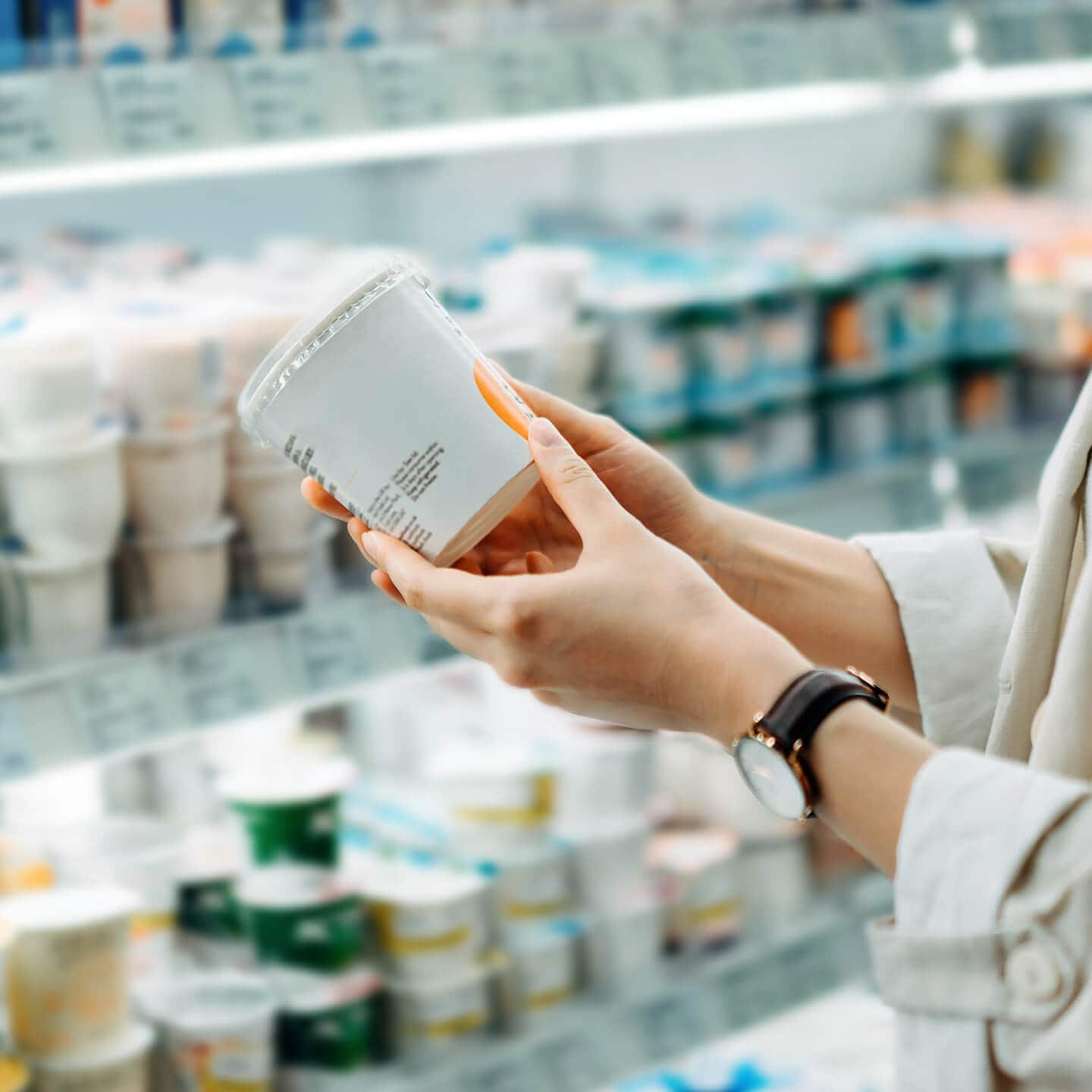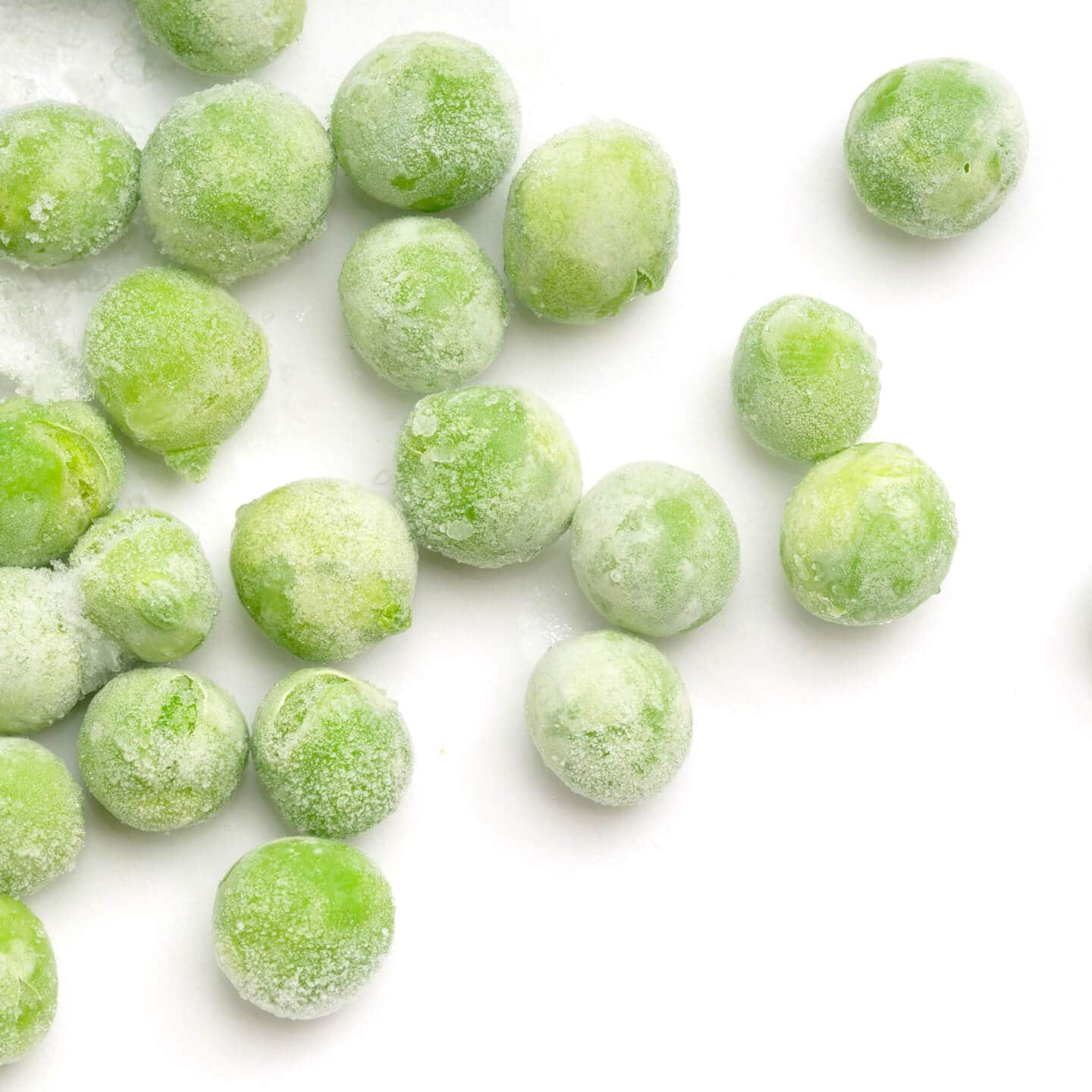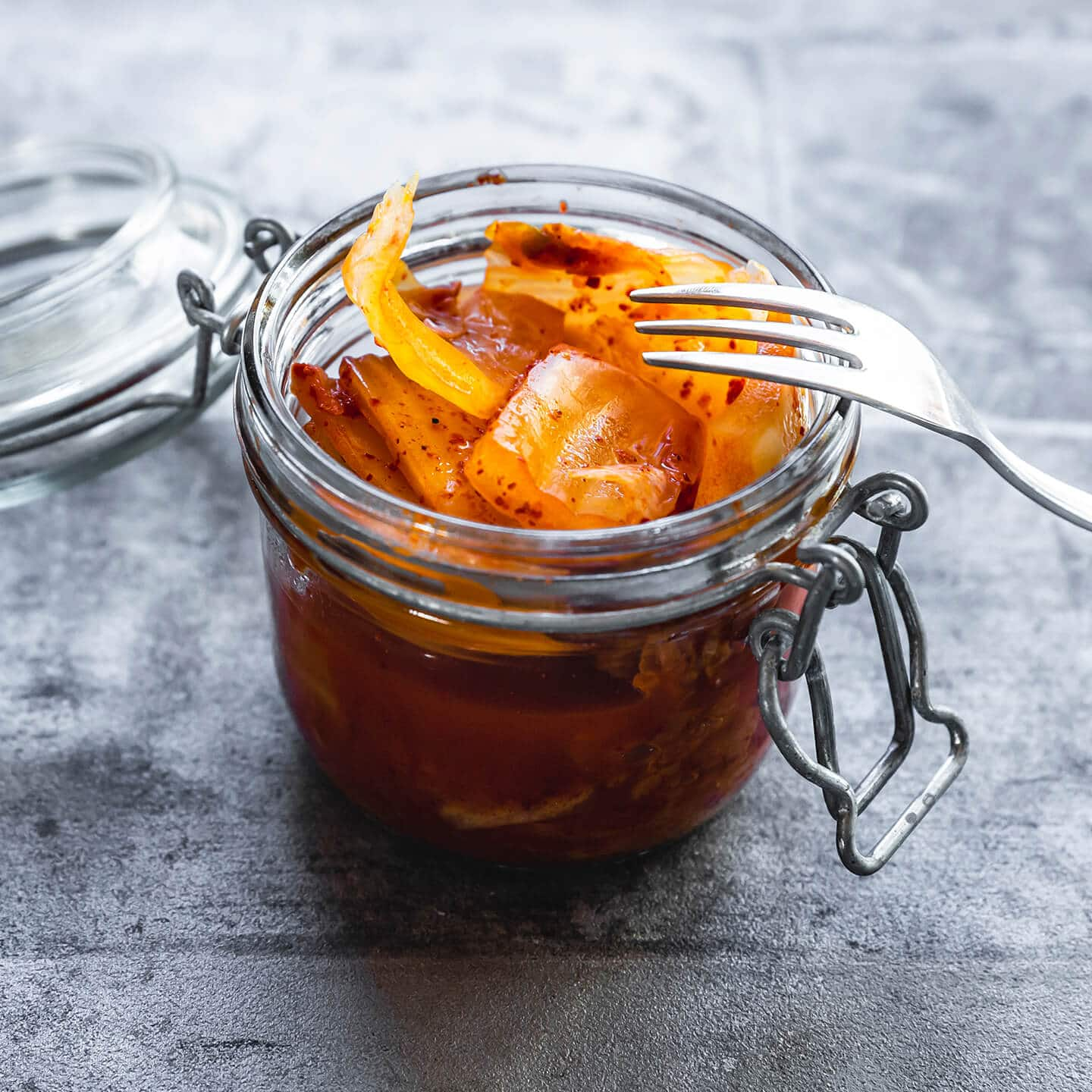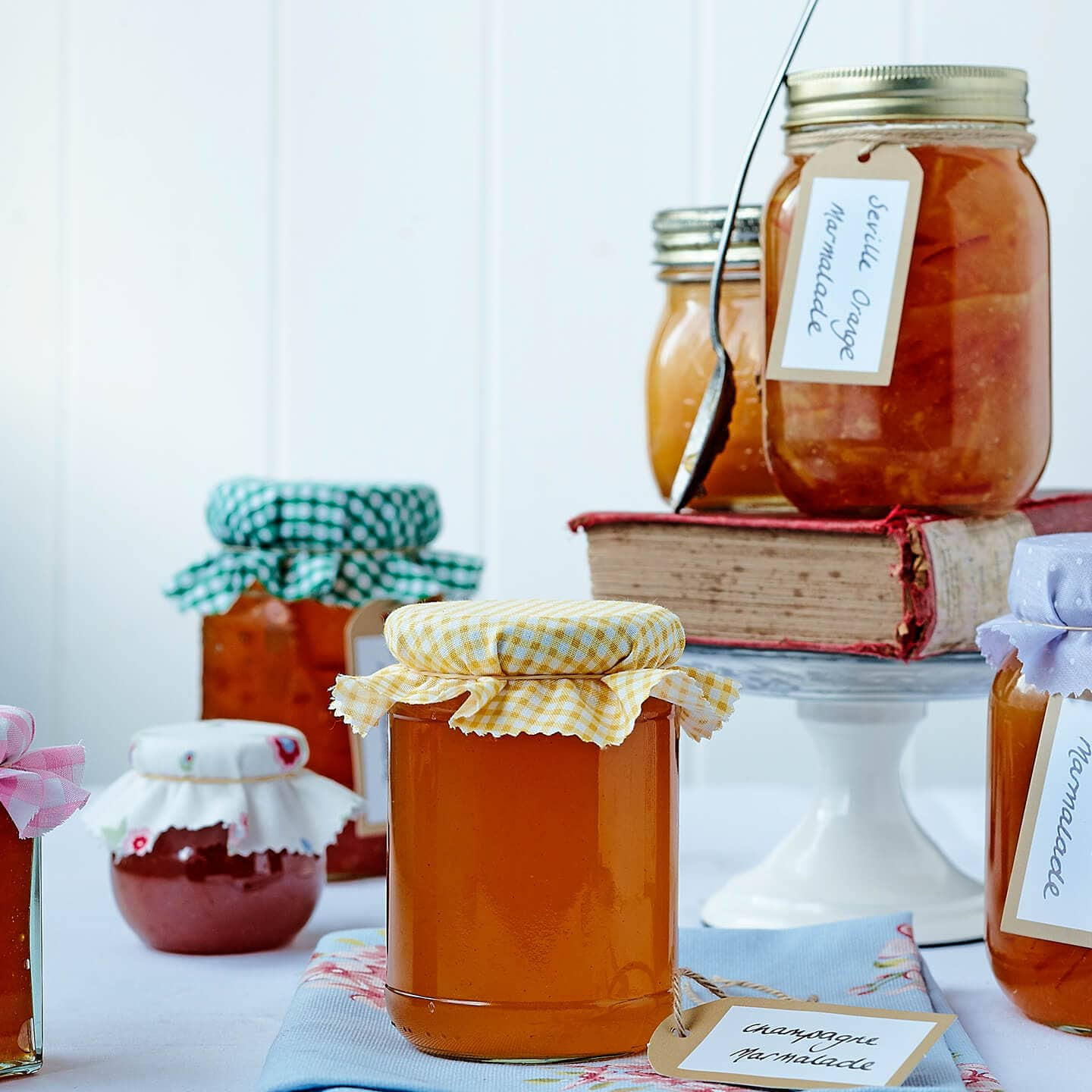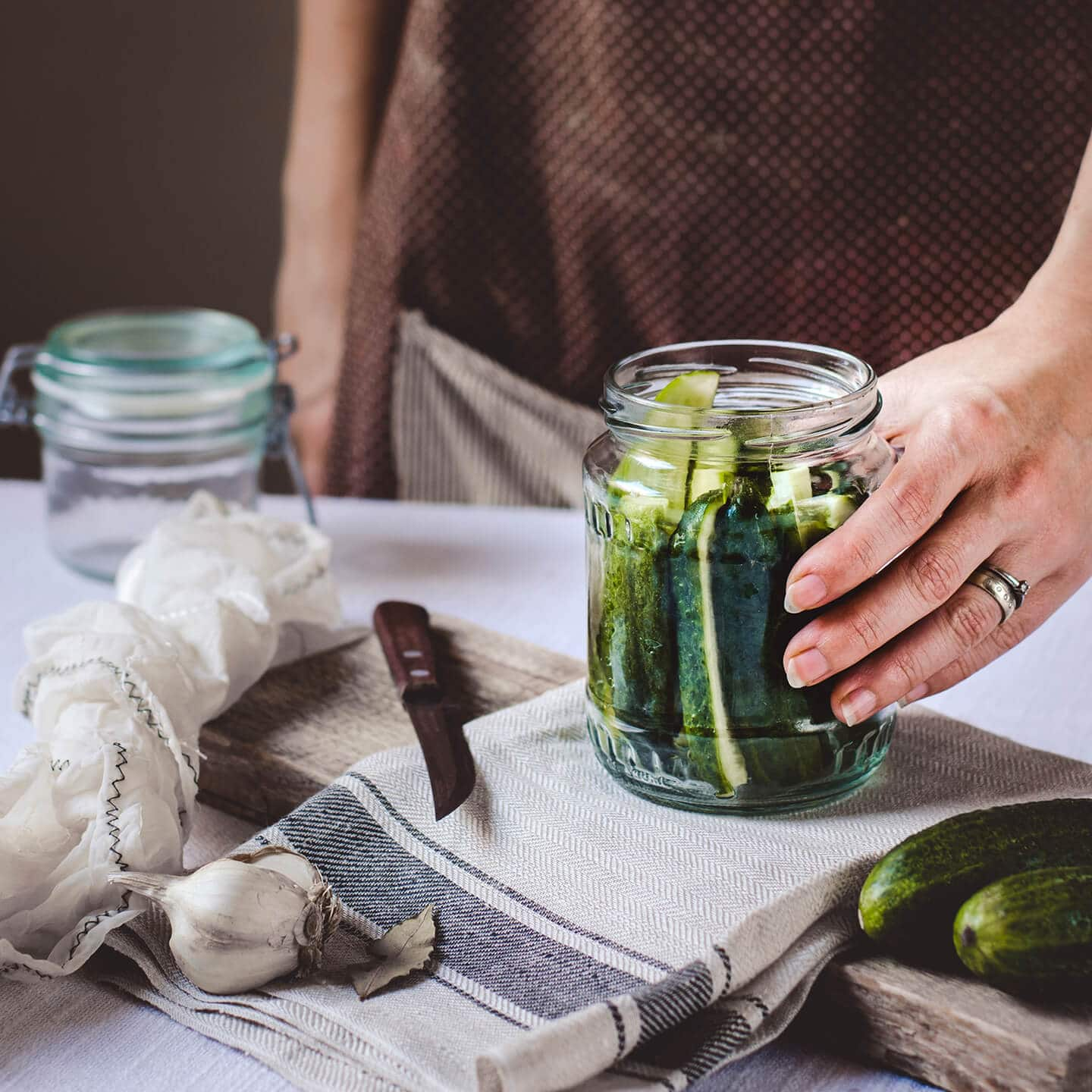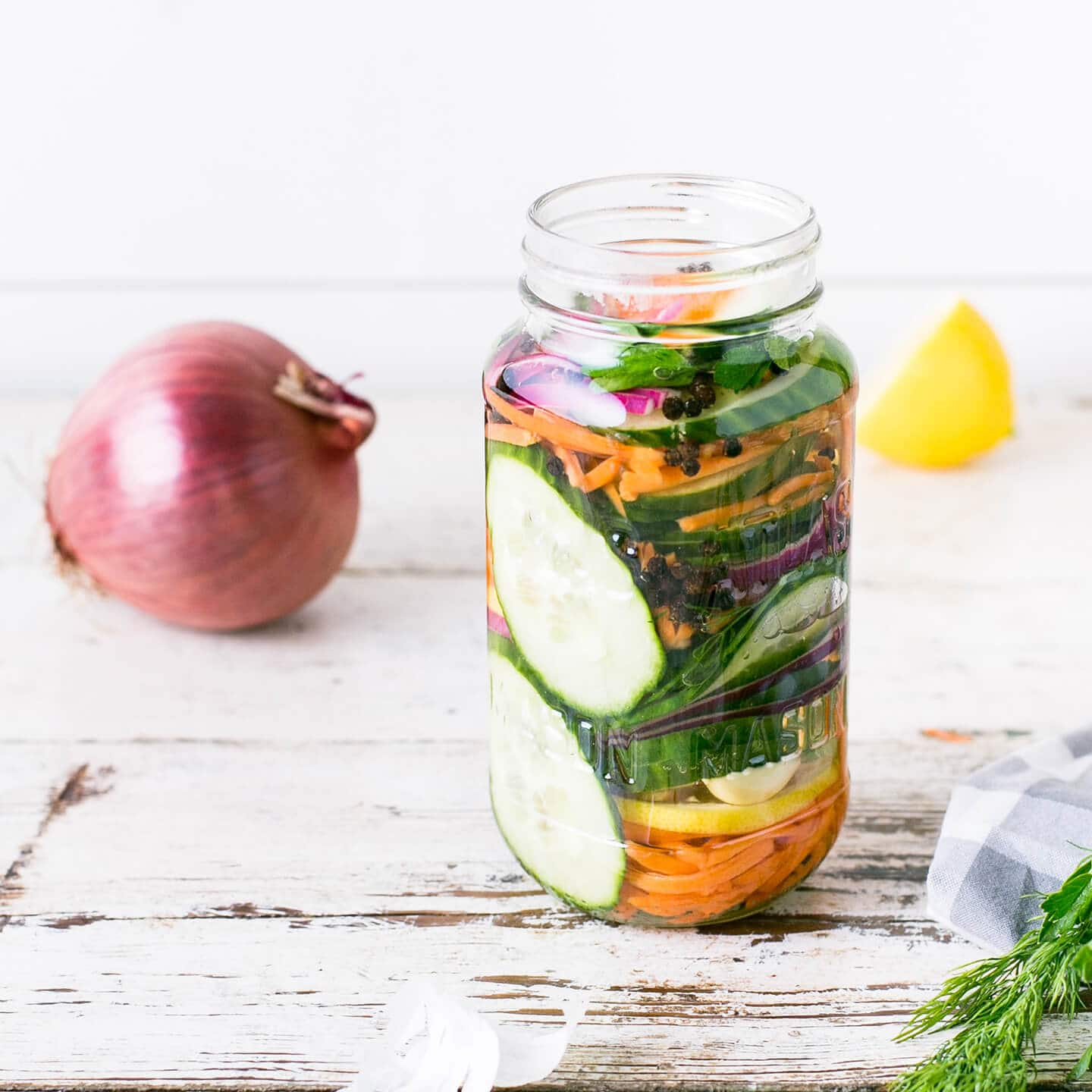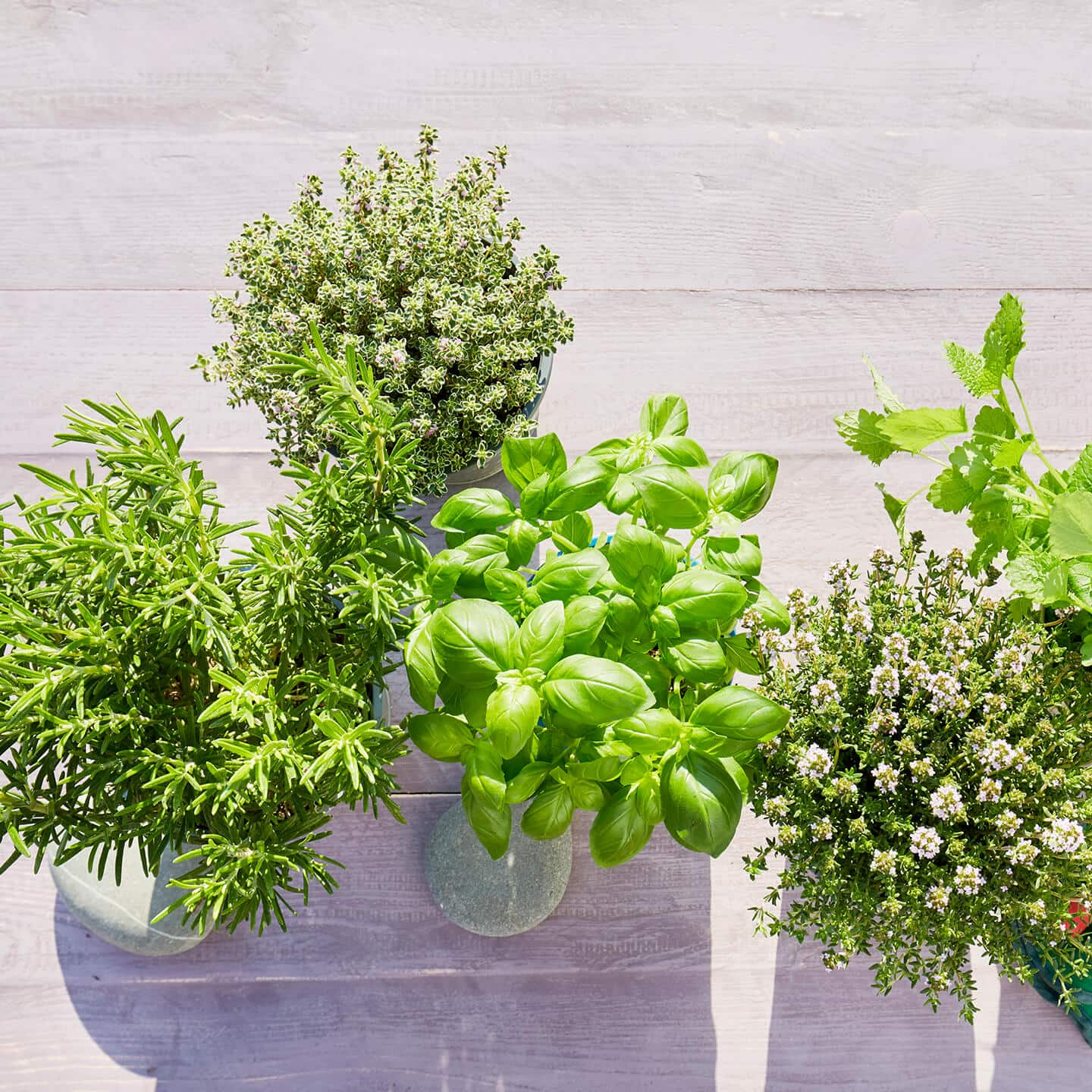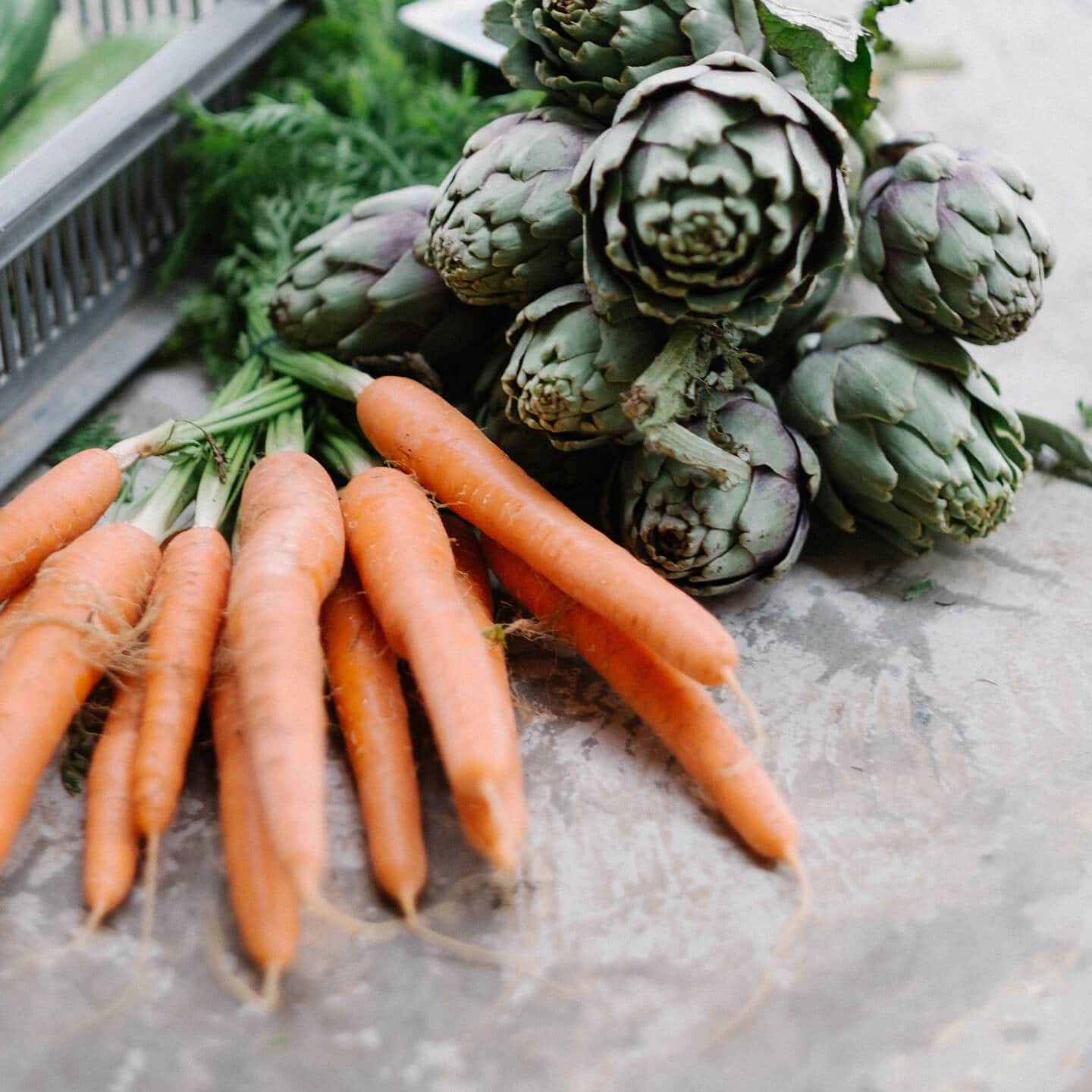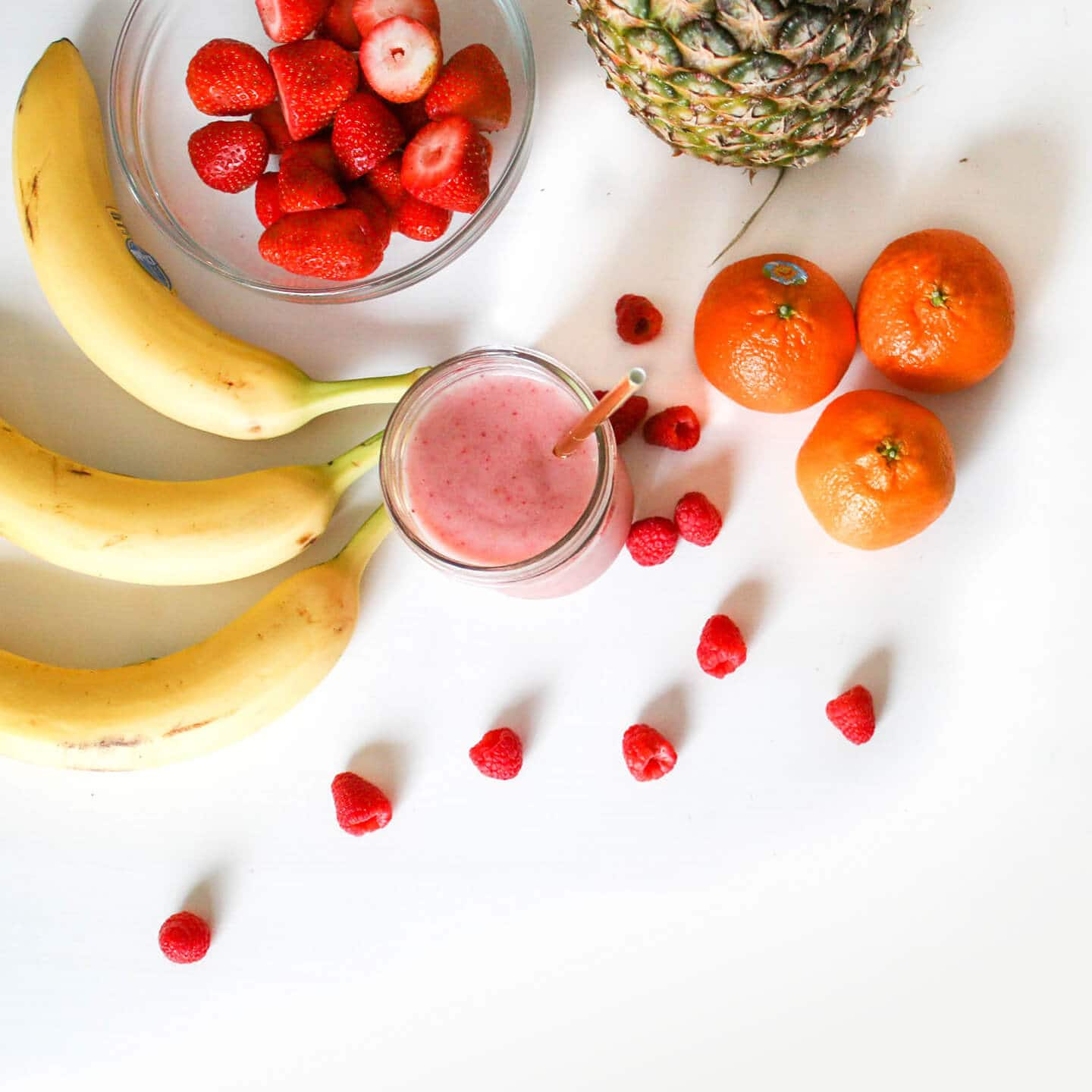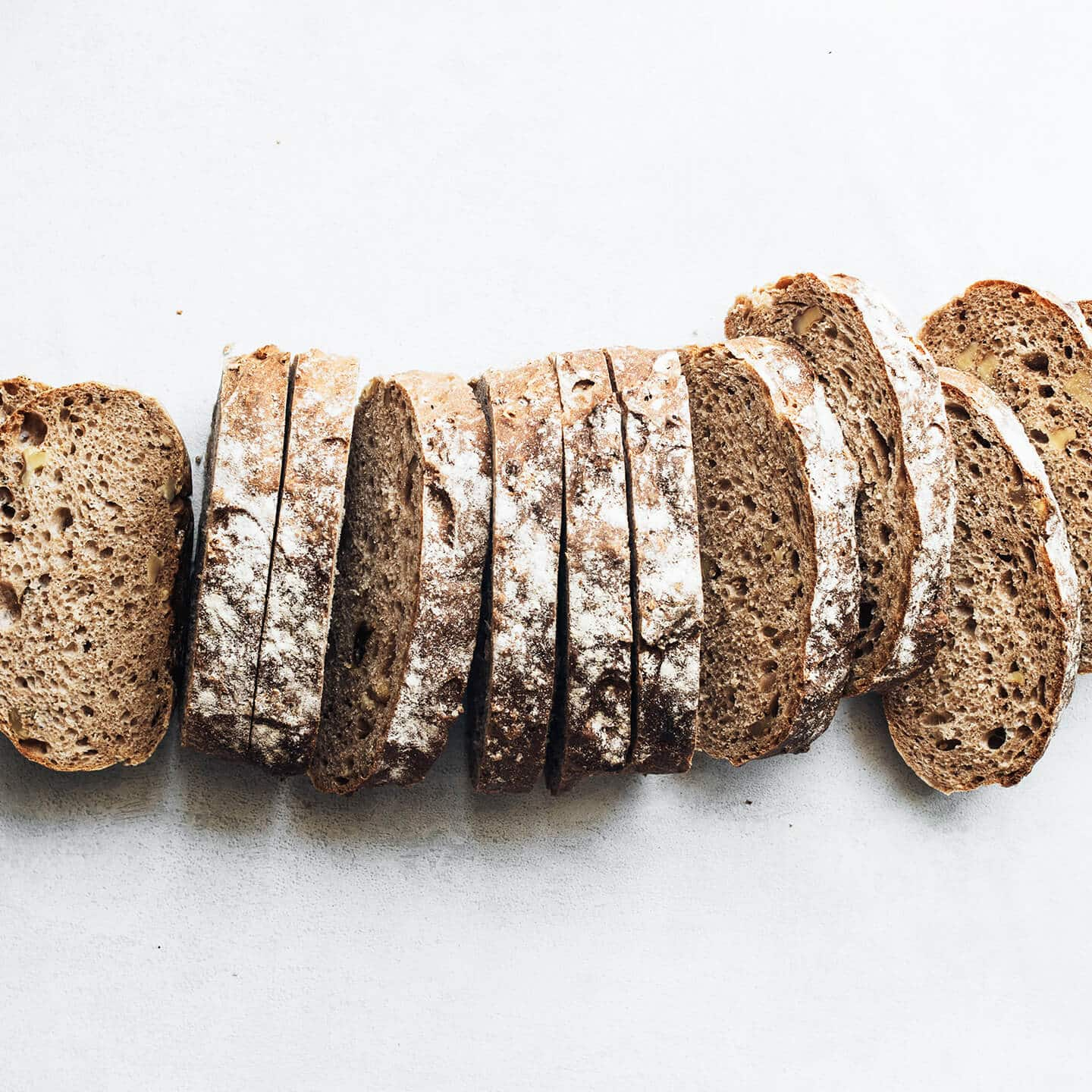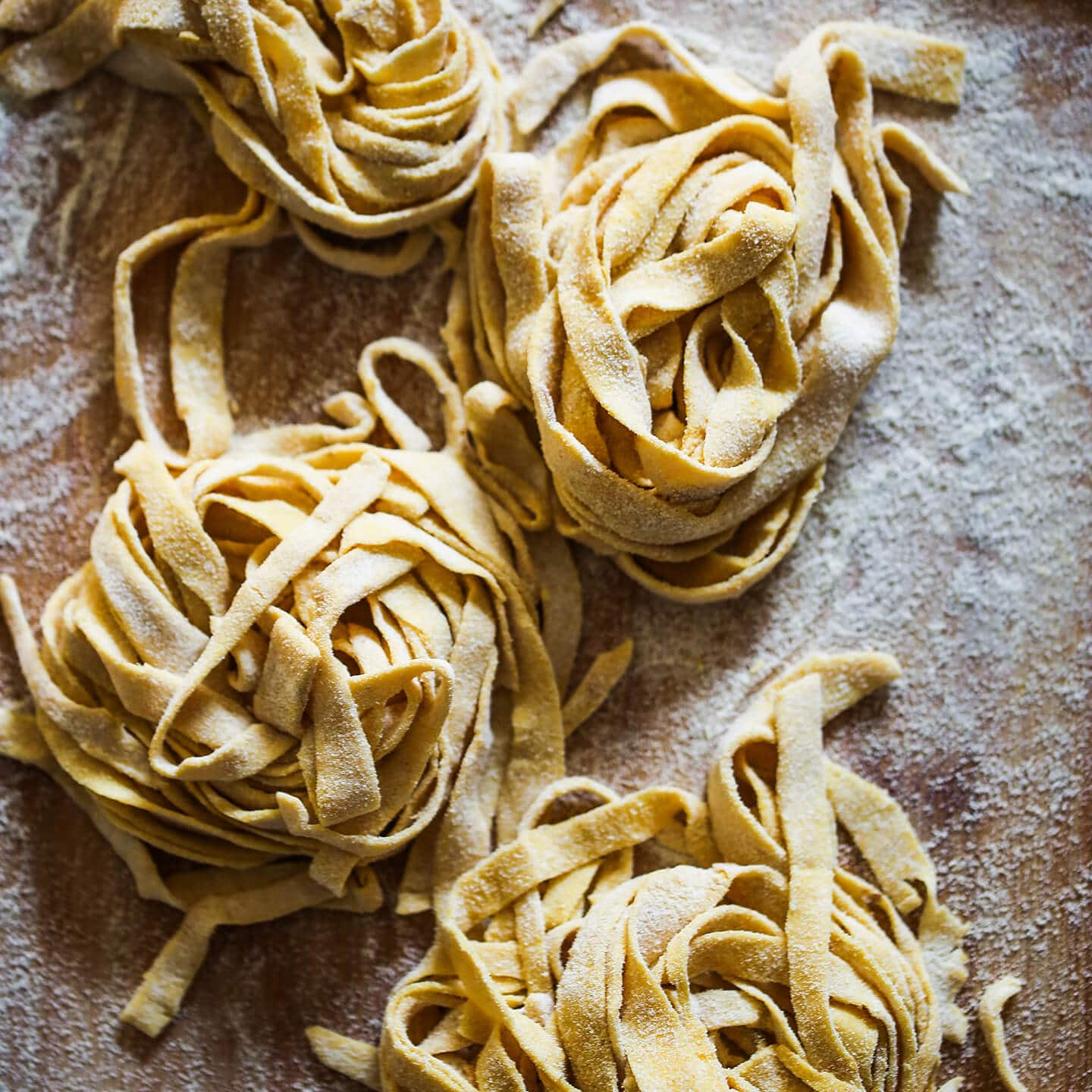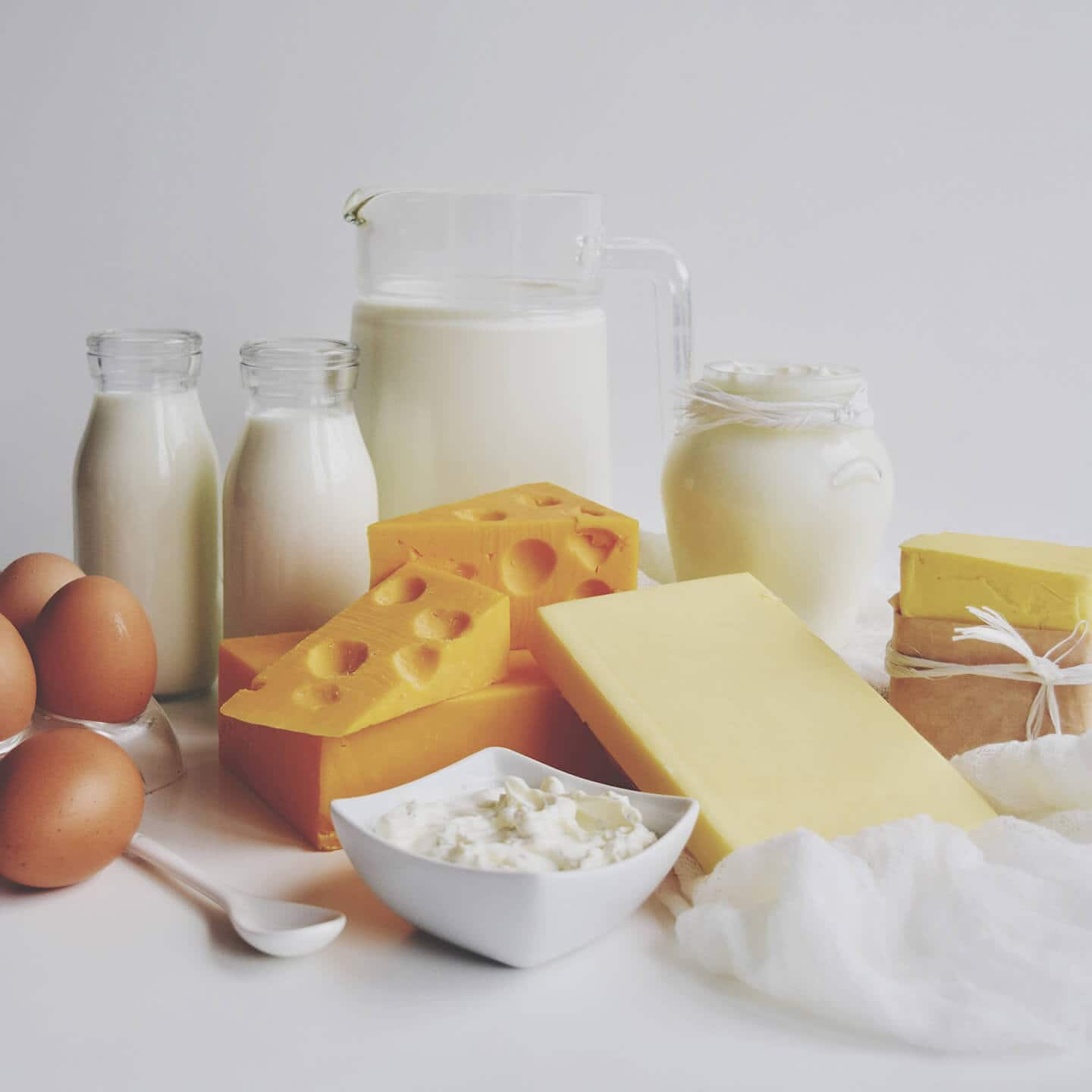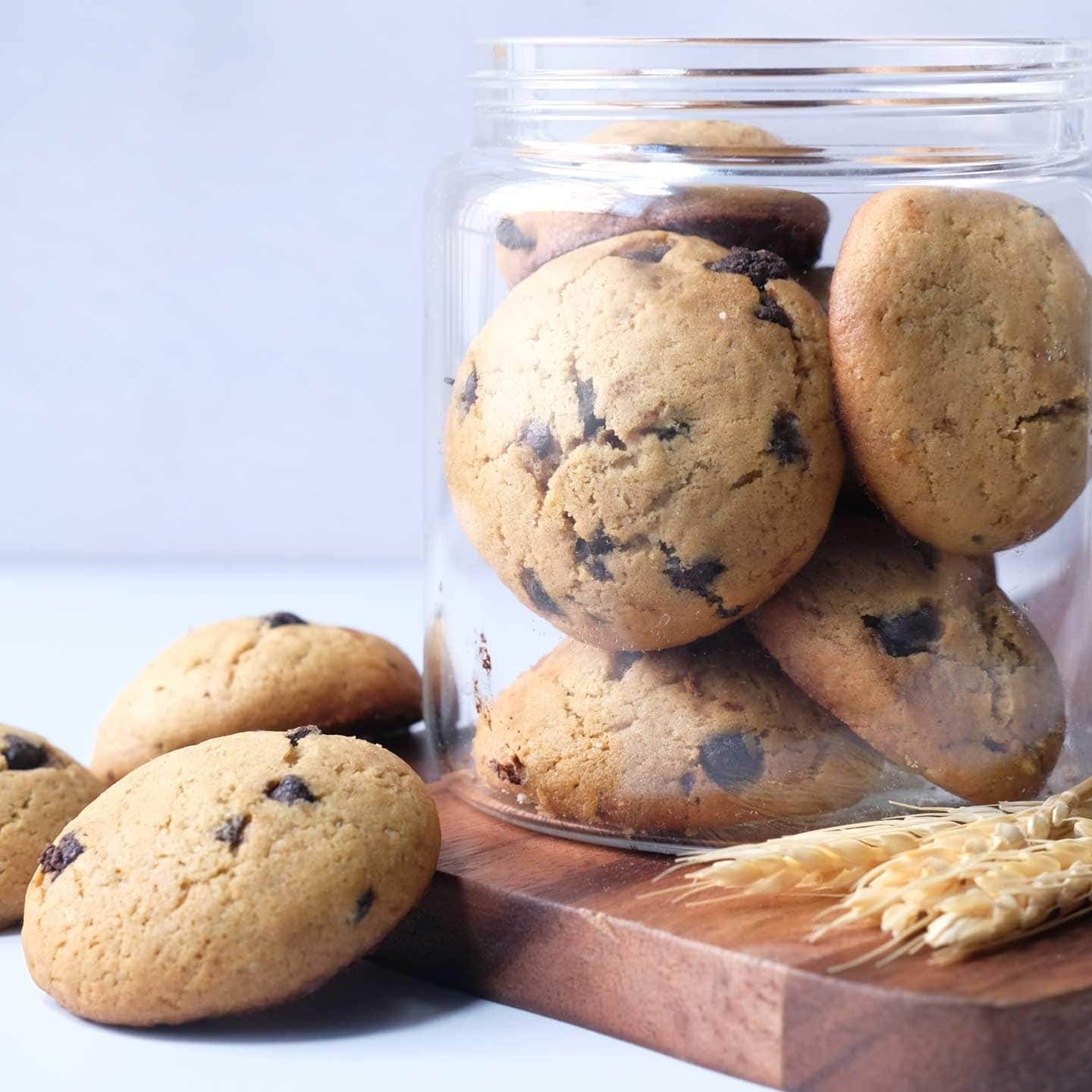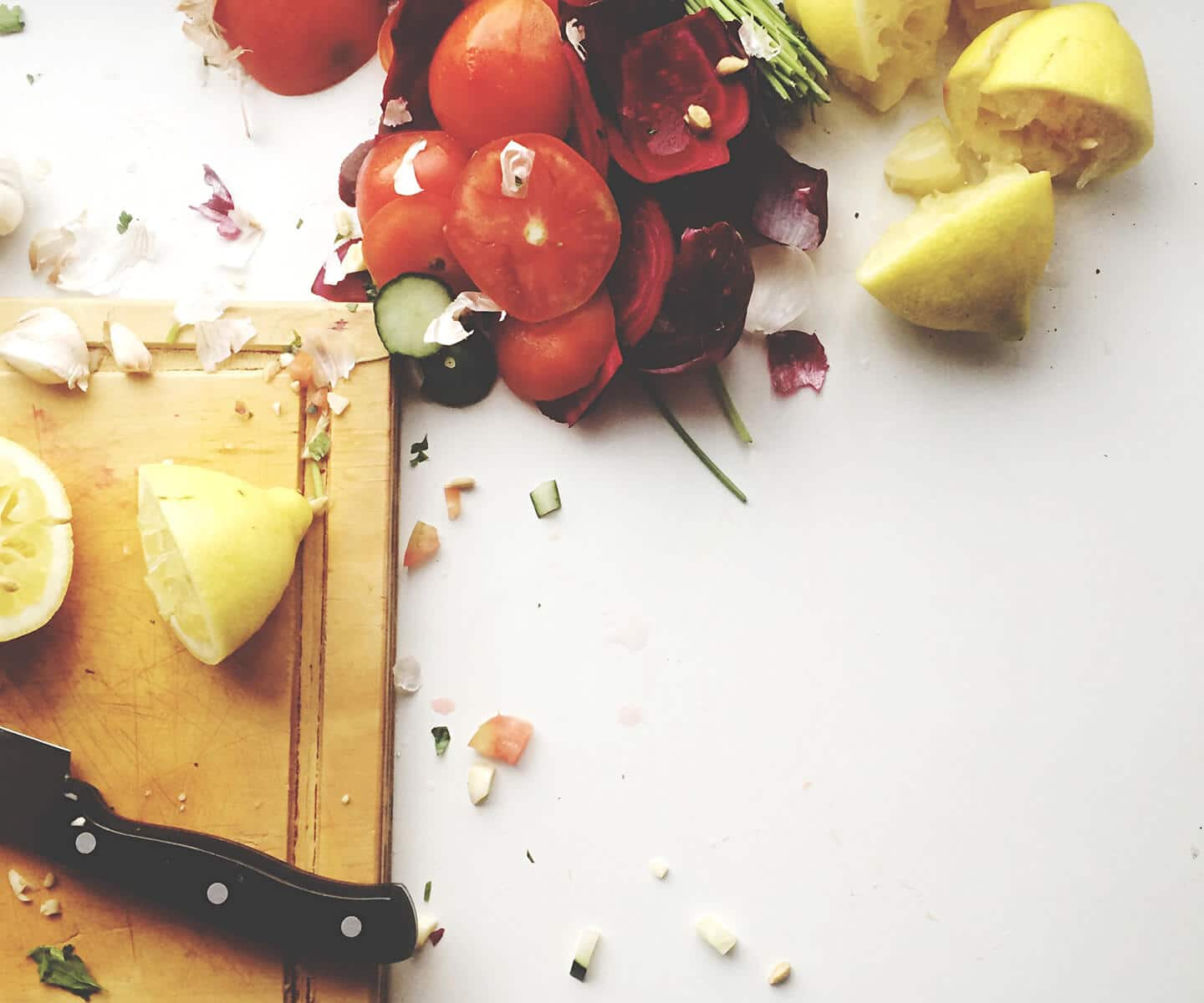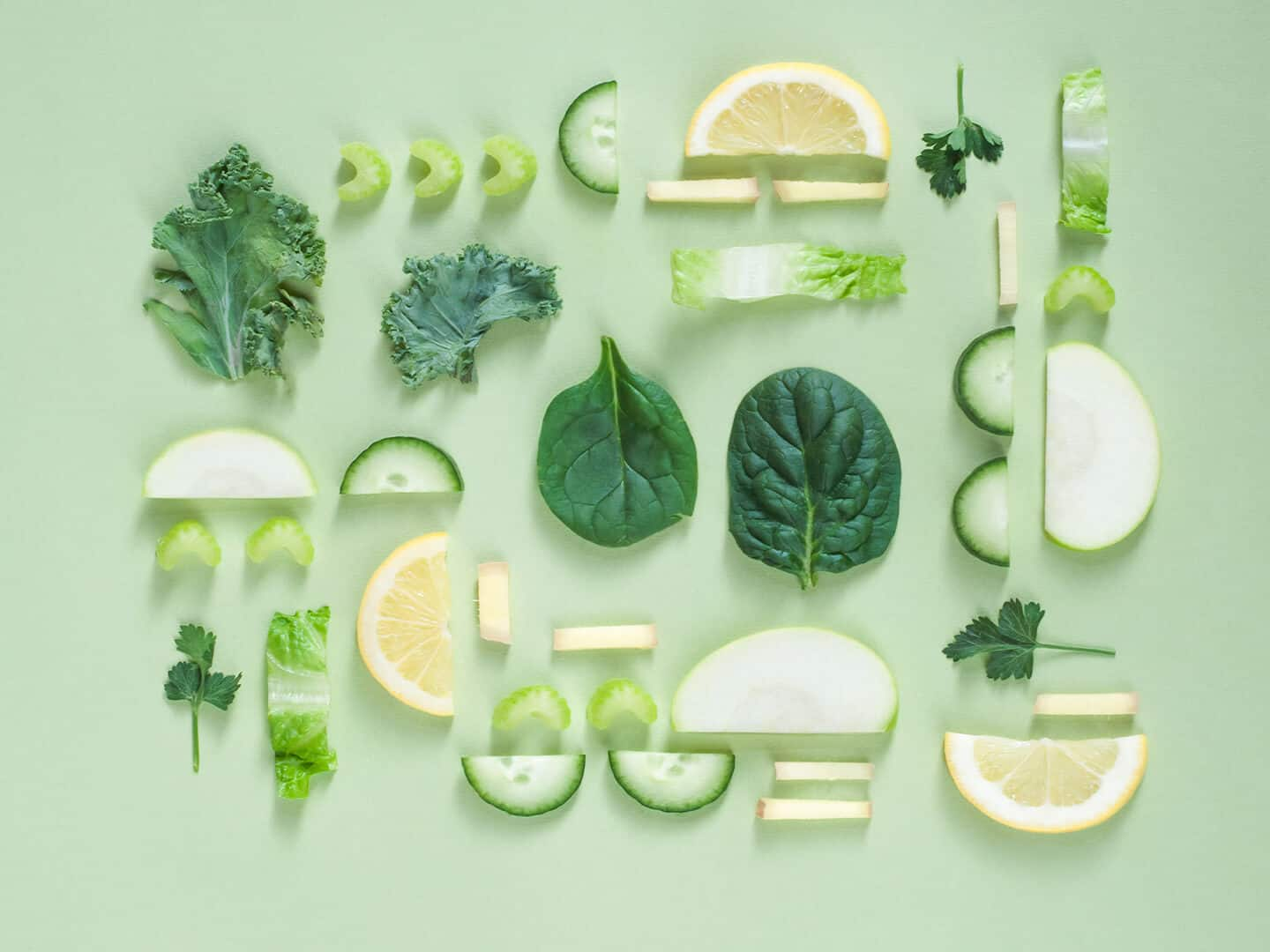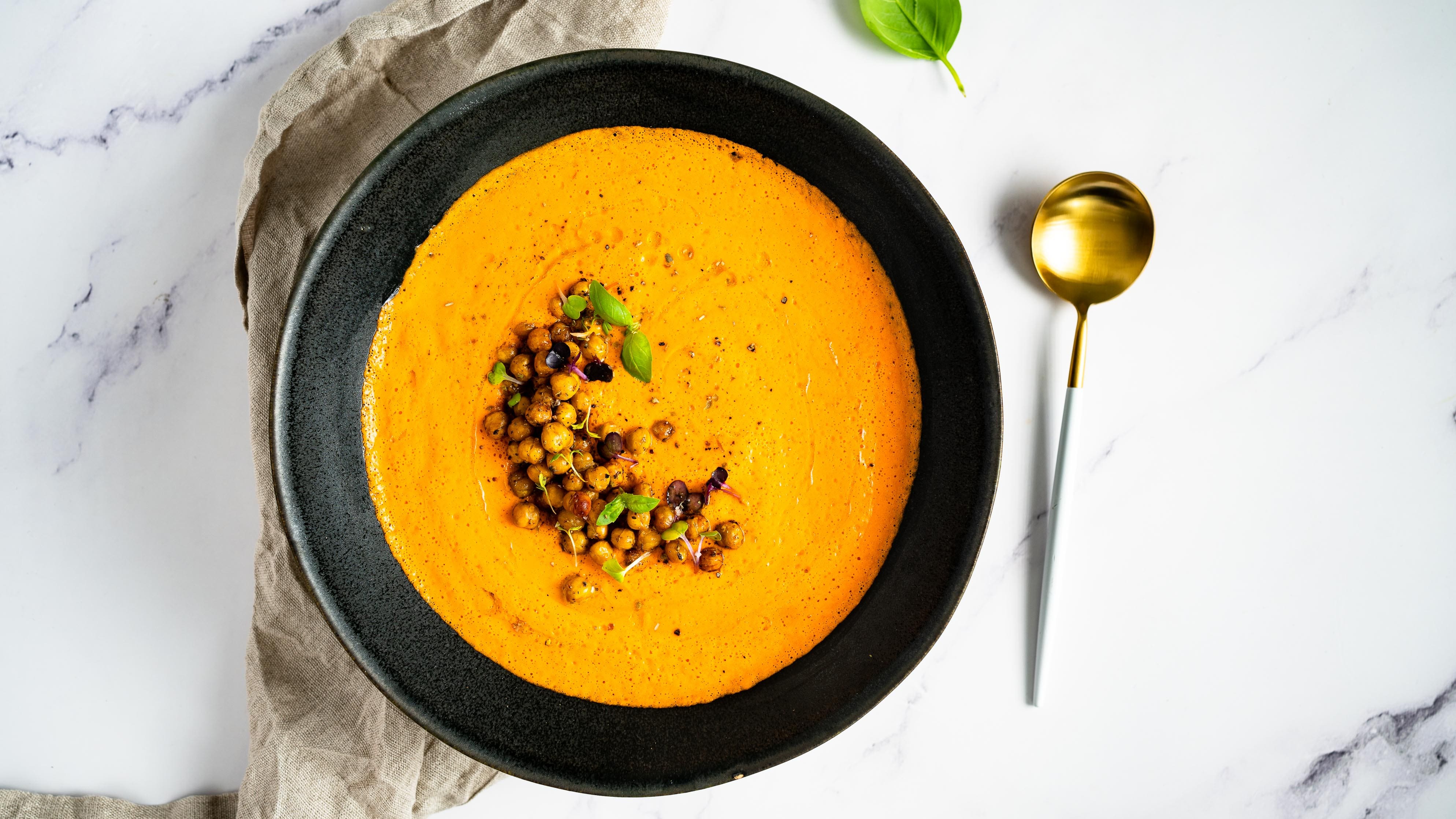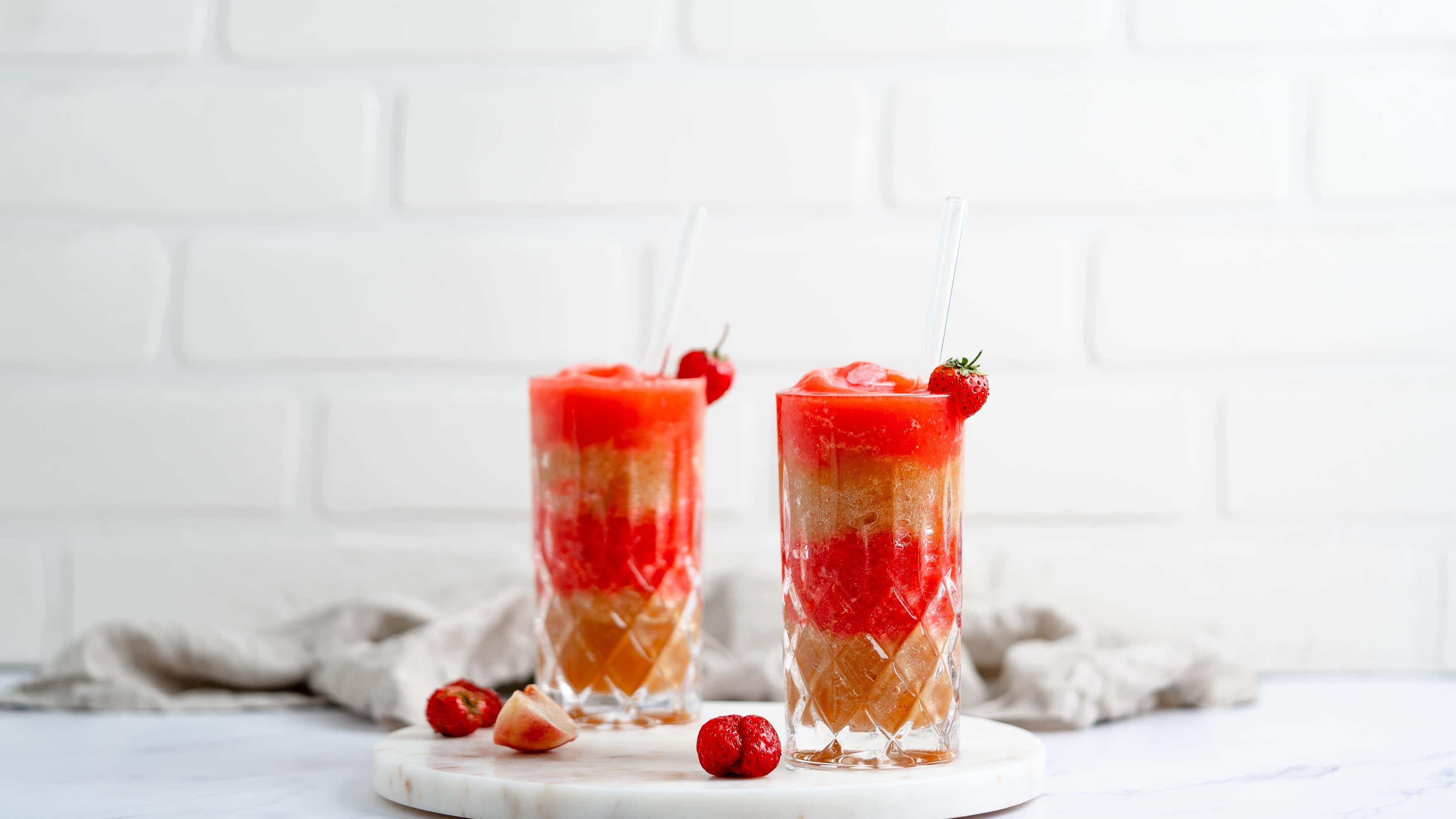Dates de péremption
Dates de péremption et dates limites d'utilisation
Ce n'est pas parce qu'un yaourt a dépassé de quelques jours sa date limite de consommation (DLC) que vous ne pouvez plus le consommer et l'apprécier. La DLC est simplement une garantie du fabricant indiquant que le produit conservera sa saveur, son arôme et sa valeur nutritionnelle jusqu'à cette date. Toutefois, vous ne devez pas consommer de produits réfrigérés tels que des pâtes fraîches ou de la viande longtemps après leur date limite de consommation. Ils peuvent contenir des germes que vous ne pouvez ni voir, ni sentir, ni goûter, mais qui peuvent quand même vous rendre malade. En cas de doute, il est préférable de les jeter. Il en est de même pour les produits facilement périssables, qui portent généralement une date limite de consommation sur l'emballage. Après cette date, les produits périssables doivent être mis à la poubelle.






